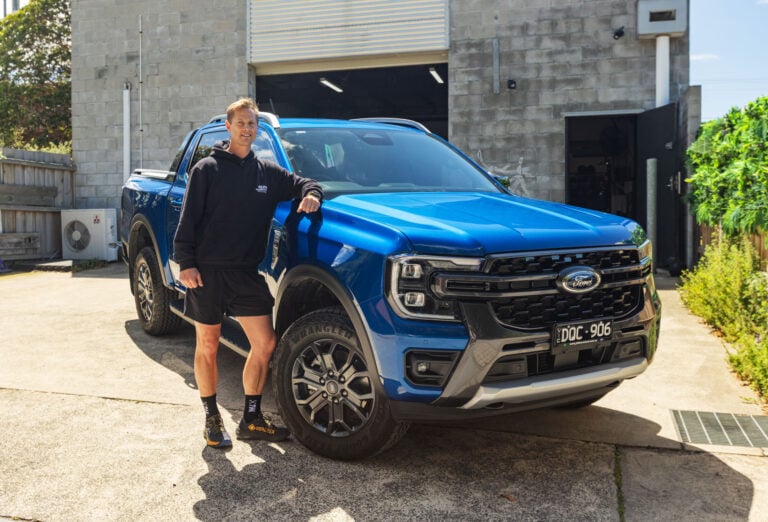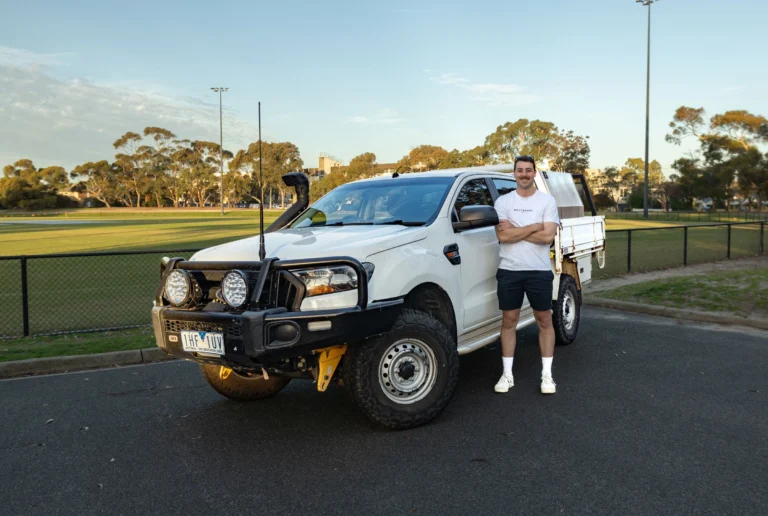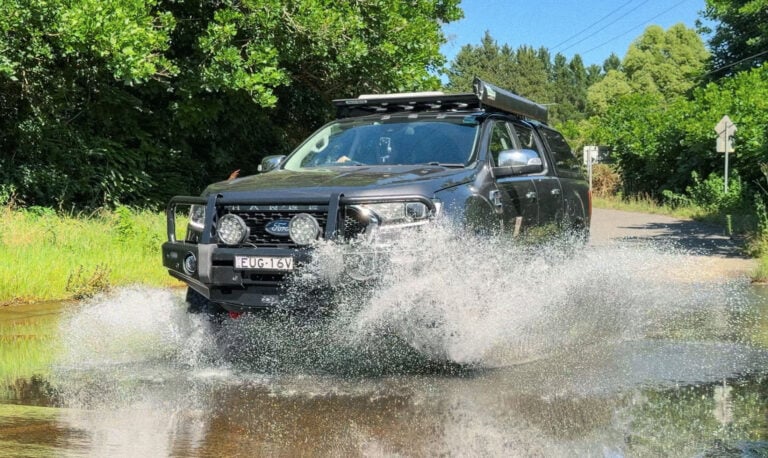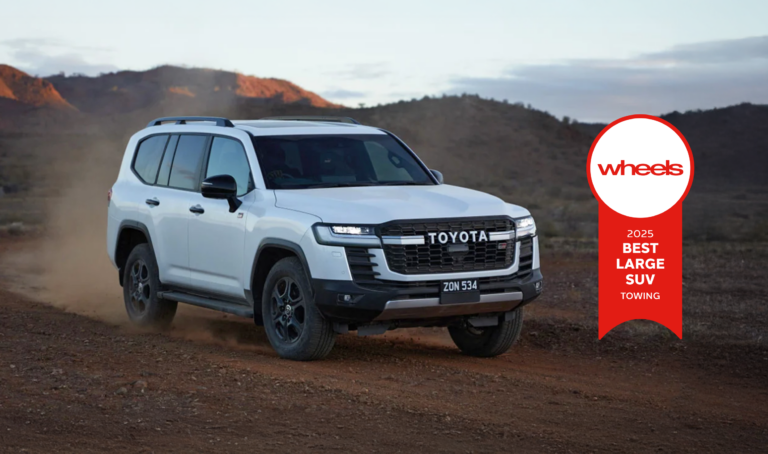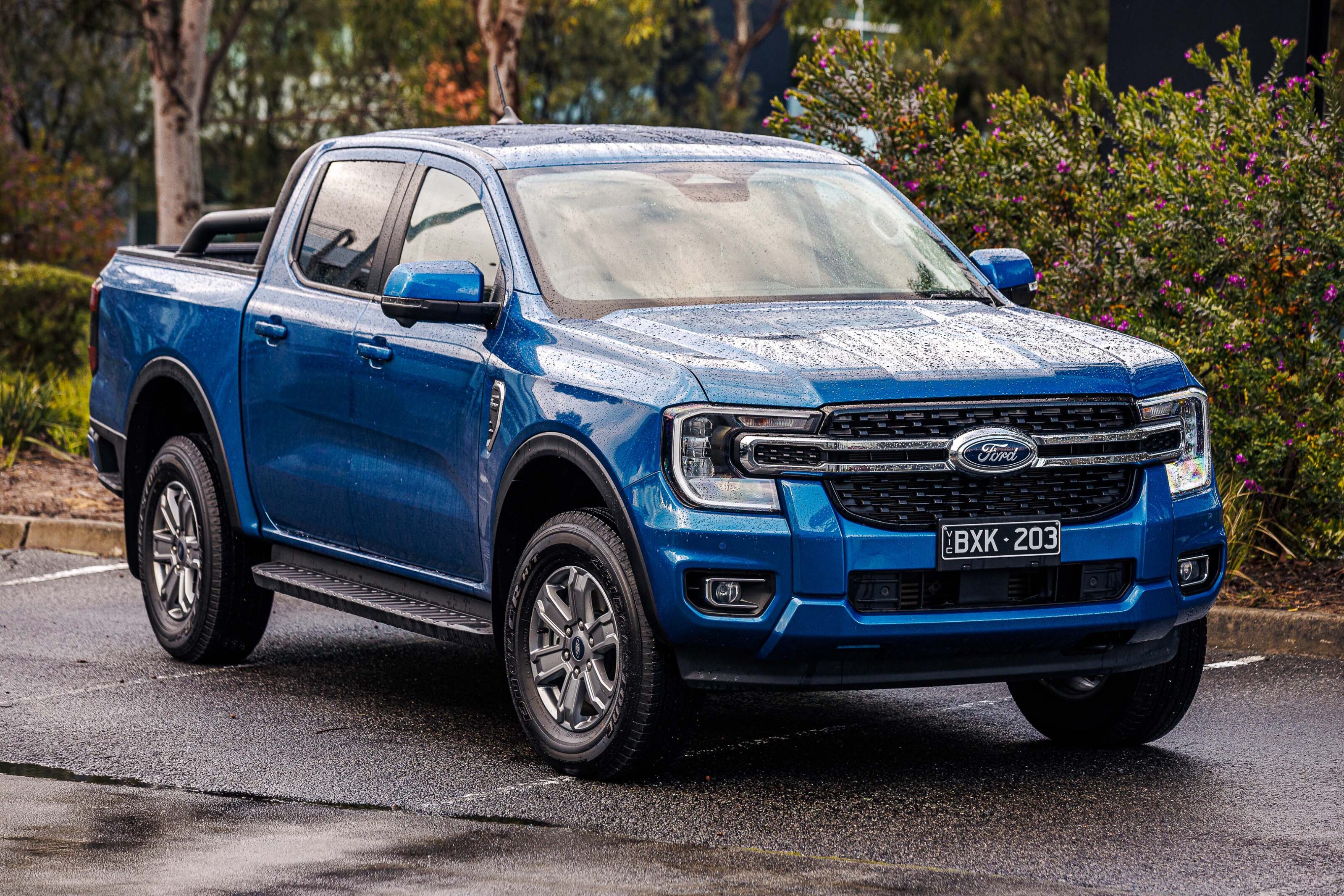
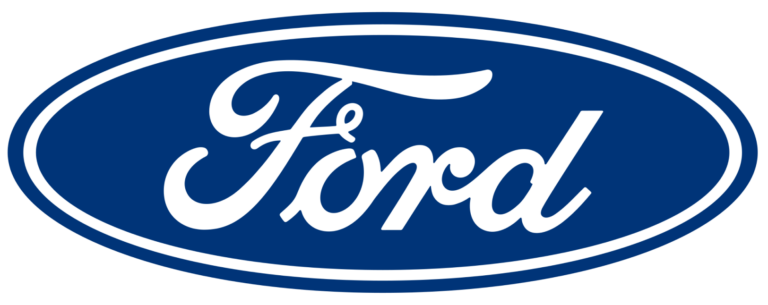
Ford
With a rich history spanning over a century, American giant Ford has made a significant impact on the Australian automotive industry, producing a range of iconic vehicles loved by Australians.
Whether you’re in the market for a compact SUV like the Puma, a small SUV like the Escape, or a rugged 4×4 like the highly-acclaimed Ranger, Everest or F-150, Ford has you covered.
In addition to passenger cars and SUVs, Ford also offers a successful range of commercial vehicles, including the Transit Custom and E-Transit, ideal for business use.
News
-
 Features
FeaturesFrom the Wheels archives: The famous ‘lemon’ cover for Wheels Car of the Year in 1979
A shock result in Wheels’ Car of the Year award in 1979 got automotive tongues wagging.
-
 Features
FeaturesRest in peace: The cars we lost in 2025
There was a big influx of new brands and new models on the Australian new car market in 2025… but there were also some high-profile casualties.
-
 Features
FeaturesFrom the Wheels archive: Last-ever Ford v Holden comparo from our August 2016 issue
Nathan Ponchard marked the sad end of a remarkable era in Australian motoring by driving a Falcon XR8 Sprint and Commodore SS-V Redline head-to-head in 2016.
-
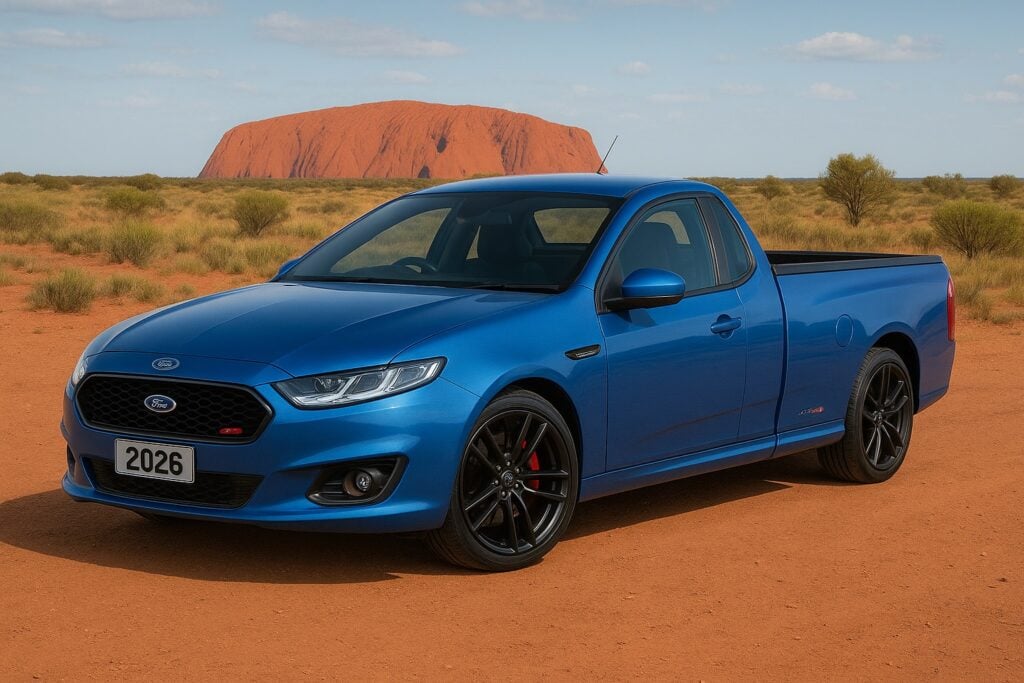 Features
FeaturesWhat if the Ford Falcon was still produced today? AI creates some possible looks…
We say hello to Ford’s iconic Falcon sedan, wagon and ute in potential 2026 form thanks to our friend AI…
-
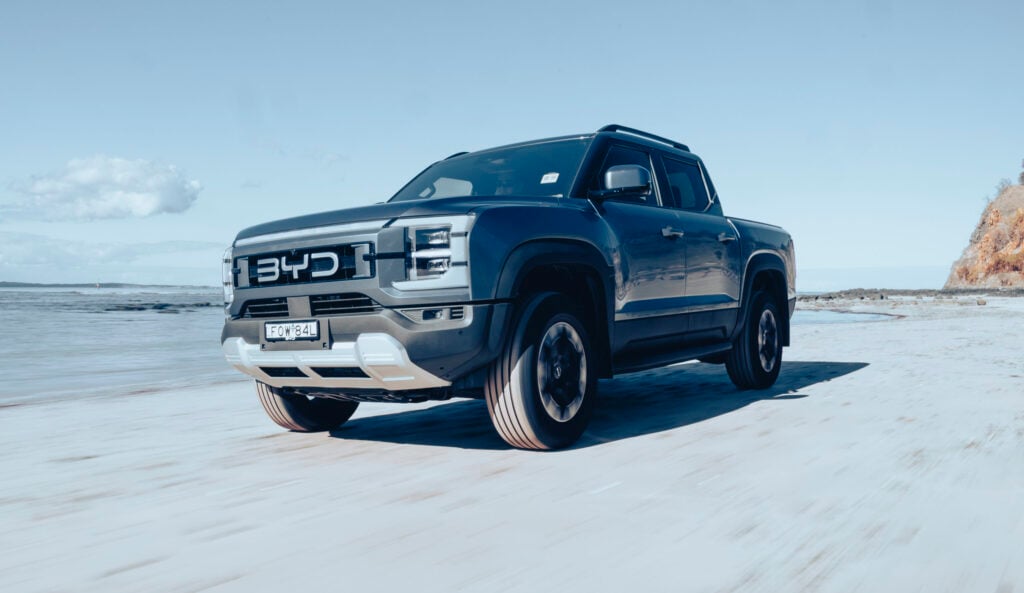 Features
FeaturesTop 10 most powerful utes on sale – and a surprising number 1
-
 News
NewsVFACTS November 2025: New car sales figures reveal plug-in popularity
-
 News
NewsFord to expand Ranger Super Duty line-up by mid-2026
-
 Features
FeaturesCars we wish were sold in Australia: Ford Bronco
About Ford
The Ford Motor Company was founded by Henry Ford in 1903, and 22 years later an Australian subsidiary was established – in Geelong, Victoria.
Ford pioneered the moving assembly line in 1913, dramatically reducing production time for its Model T car.
Famous nameplates from more than a century of car-making are many and include Capri, Escort, Mustang, and Thunderbird.
In Australia, the Ford Falcon was the company’s most iconic vehicle. It was built locally for more than 50 years, before the large car (and ute) stopped along with local production in October 2016.
The company continues to import vehicles and is also responsible for leading the design and development of the Ford Ranger ute and Ford Everest SUV.
In 2023 it will sell right-hand-drive conversions of the world’s biggest-selling truck, the Ford F-150.






